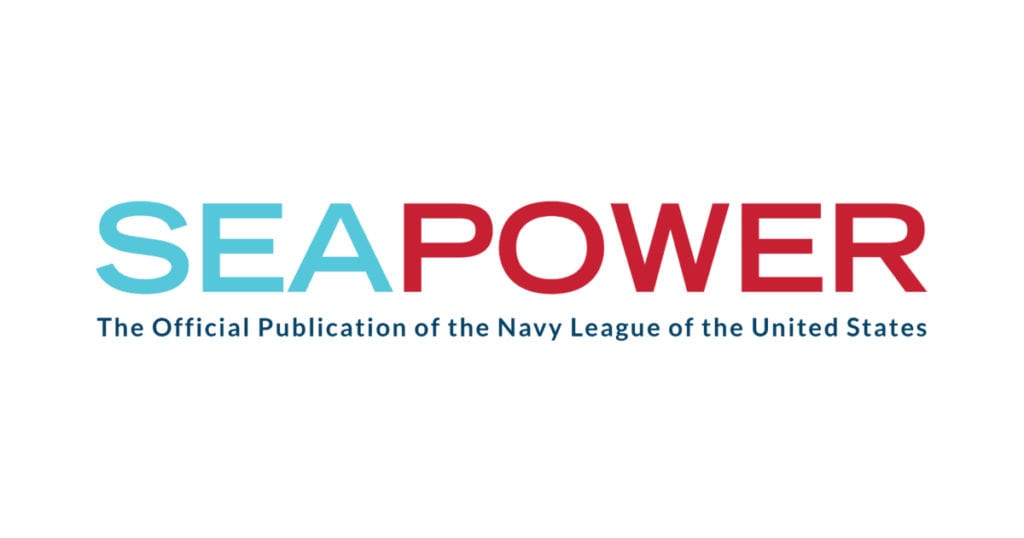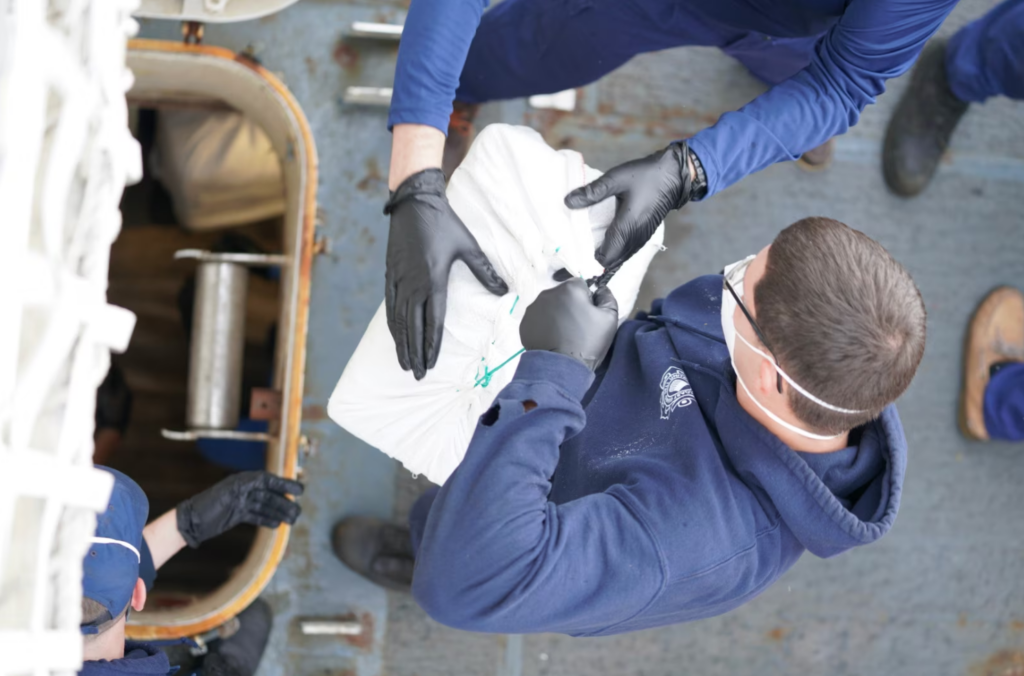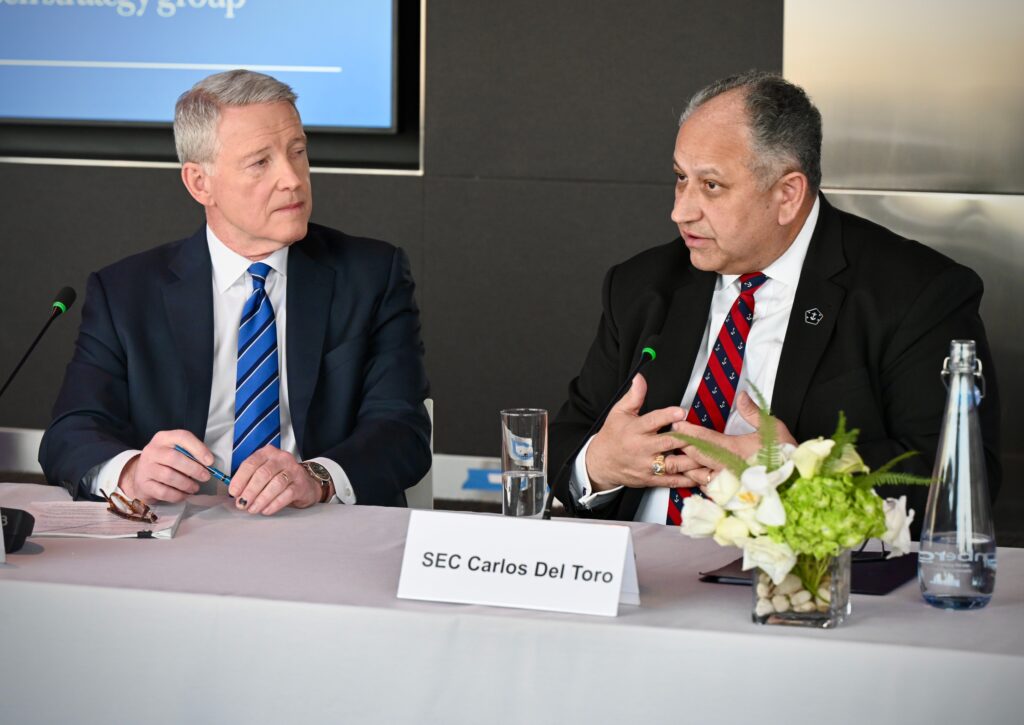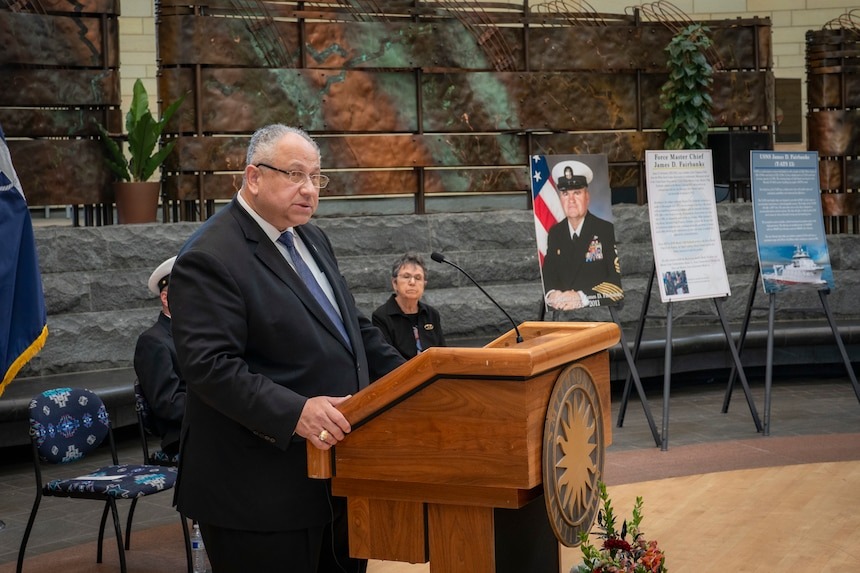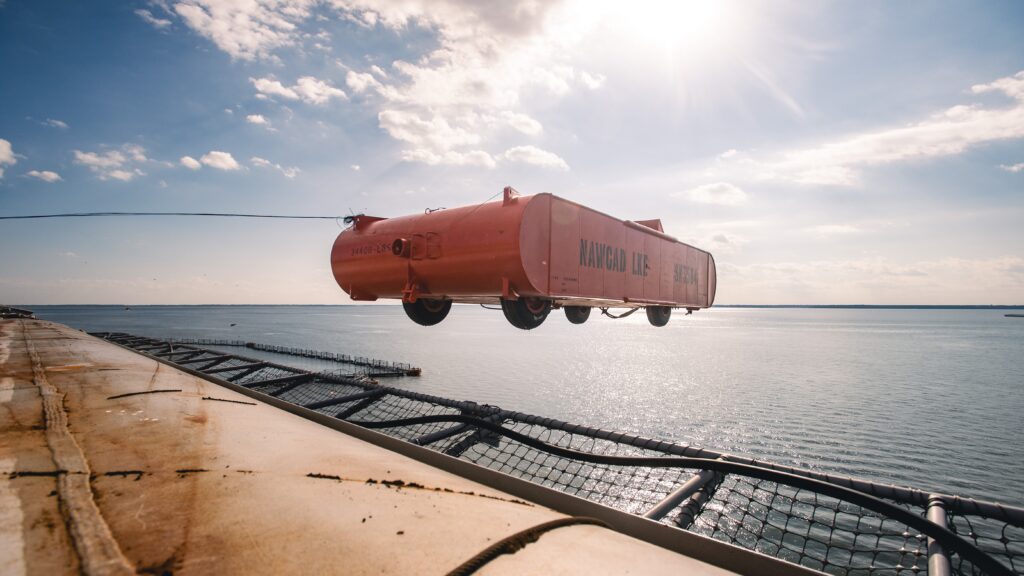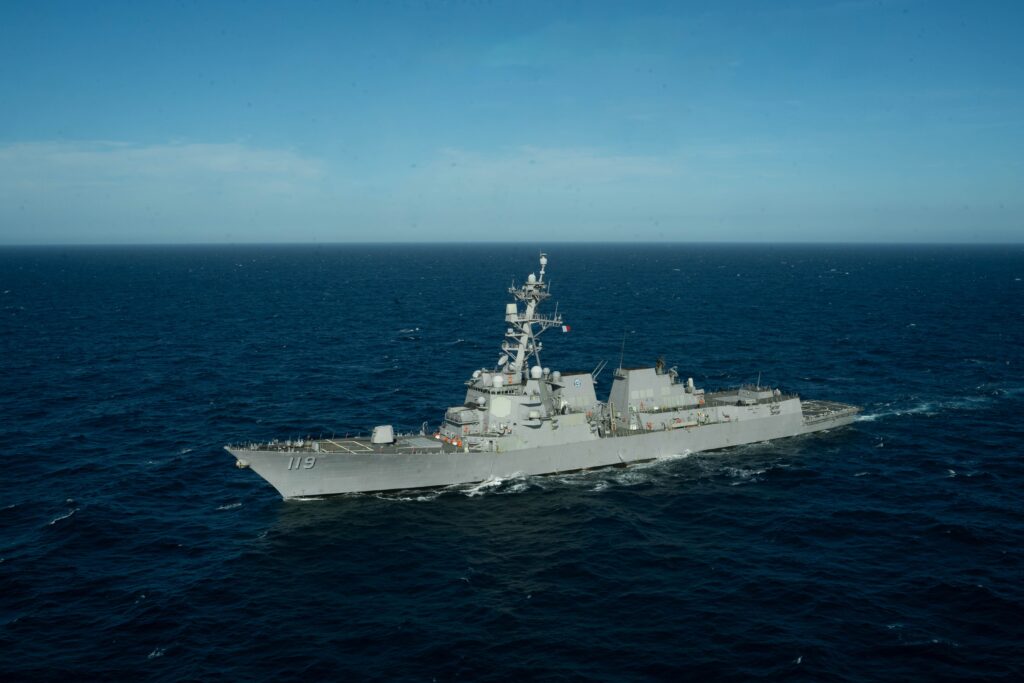Carl Vinson Carrier Strike Group Returns from Western Pacific Deployment
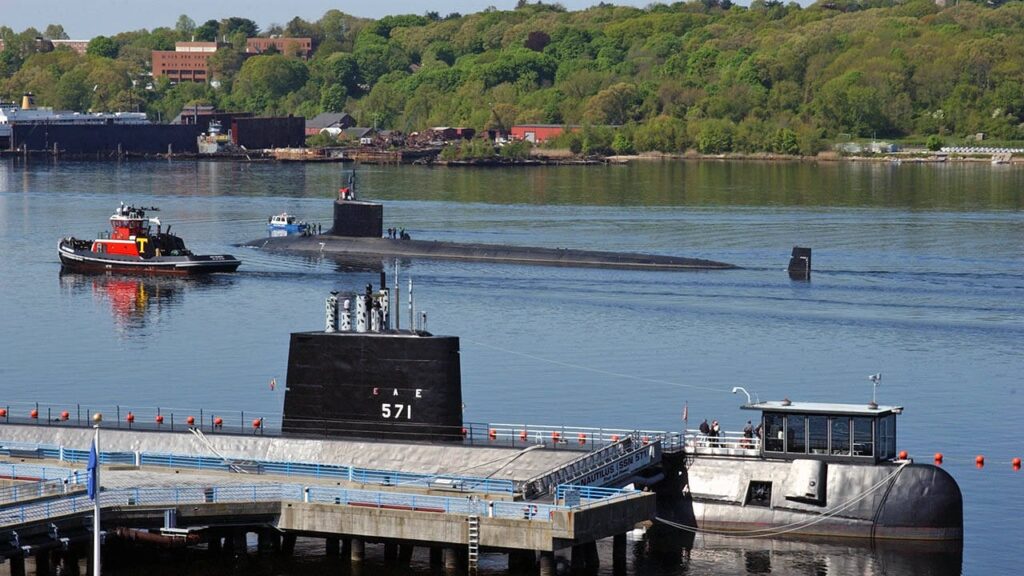
26 February 2024
By Seaman Nathan Jordan
SAN DIEGO - Nimitz-class aircraft carrier USS Carl Vinson (CVN 70), flagship of Carrier Strike Group (CSG) 1, returned to its homeport of Naval Air Station North Island, Feb. 23, following a four-month deployment to the Western Pacific.
Carl Vinson is joined by two other CSG-1 ships, the Ticonderoga-class guided-missile cruiser USS Princeton (CG 59) and Arleigh Burke-class guided-missile destroyer USS Sterett (DDG 104), which returned to their homeport of Naval Base San Diego.
“This Carrier Strike Group and our Sailors’ deployment accomplishments demonstrate our unwavering contribution to the Navy’s global engagement strategy,” said Rear Adm. Carlos Sardiello, CSG-1 commander. “During the past four months, we routinely flew and sailed anywhere international law allows to assure Americans, allies and partners of our commitment to bolstering regional security and stability in the Indo-Pacific. With the unwavering support of our families and friends, we were proud to sail and fly forward as a symbol and the promise of America’s advantage at sea.”
The strike group departed for the scheduled deployment from San Diego Oct. 12, 2023, to sail and maneuver across the U.S. 3rd and 7th Fleet areas of operations. While in 7th Fleet, CSG-1 participated in and supported numerous bilateral and multinational maritime exercises in support of a free and open Indo-Pacific.
The strike group conducted routine port visits to the Republic of Korea, Singapore, Philippines and Hawaii. Individual ships in CSG-1 visited Australia, Japan, Guam, Saipan, and Palau.
“These port visits demonstrated U.S. commitment to the Indo-Pacific region and further enhanced relationships with the leaders and local populations,” said Sardiello.
In total, the strike group supported U.S. relations with eight allied and partner nations through two Multi-Large Deck Events, Annual Exercise 2023, several bilateral, tri-lateral and multi-lateral maritime exercises in the Philippine Sea and South China Sea. CSG-1 worked alongside Australia, Canada, Indonesia, Japan, Malaysia, Philippines, Republic of Korea and Singapore to reaffirm their commitment to regional stability and security in the Indo-Pacific.
Furthermore, CSG-1 integrated and operated seamlessly with the U.S. Joint Force conducting maritime exercises with Naval Special Warfare operators, unmanned surface vessels, U.S. Marine Corps, U.S. Army, U.S. Air Force and two multi-carrier operations with the Theodore Roosevelt and Ronald Reagan CSGs.
In 133 days underway, the ship’s crew conducted 10 underway replenishments, logged more than 13,000 flight hours and over 6,000 sorties, sailed more than 36,000 nautical miles, and safely received over 12 million gallons of fuel with zero mishaps. The Vinson crew conducted 9,540 launch and recovery evolutions, 7,835 aircraft moves, 651 aircraft elevator moves, issued nearly 12 million gallons of fuel to aircraft, and transferred nearly 5,000 pallets of cargo and mail.
“I couldn’t be more proud of our Sailors. They executed with precision and discipline while strengthening our relationships with allies and partners. They were superb naval ambassadors in foreign ports,” said Capt. Matthew Thomas, Carl Vinson’s commanding officer. “These highly trained Sailors showed they are reliable, resilient, and ready to support and defend the American way of life every day.”
Notable key leader engagements and visits aboard Carl Vinson included Republic of Korea Minister of Defense, defense chiefs from Indonesia and Malaysia, Commander of Japan Maritime Self-Defense Force, U.S. Ambassadors to Singapore and Indonesia, senior officers from the Armed Forces of the Philippines, U.S. Chief of Naval Operations and Master Chief Petty Officer of the Navy, among others.
The Carl Vinson strike group deployed with flagship USS Carl Vinson and embarked CSG-1 staff, Carrier Air Wing (CVW) 2, Destroyer Squadron (DESRON) 1 staff and the Ticonderoga class guided-missile cruiser USS Princeton (CG 59). DESRON-1 ships included Arleigh Burke-class guided-missile destroyers USS Hopper (DDG 70), USS Kidd (DDG 100), USS Sterett (DDG 104), and USS William P. Lawrence (DDG 110).
The squadrons of CVW-2 embarked aboard Carl Vinson included the F-35C Lightning II squadron, “Warhawks” of Strike Fighter Squadron (VFA) 97; the F/A-18 E/F Super Hornet squadrons, “Bounty Hunters” of VFA-2, “Stingers” of VFA-113, “Golden Dragons” of VFA-192; the “Gauntlets” of Electronic Attack Squadron (VAQ) 136, the “Black Eagles” of Early Warning Squadron (VAW) 113, the “Blue Hawks” of Helicopter Maritime Strike Squadron (HSM) 78, the “Black Knights” of Helicopter Sea Combat Squadron (HSC) 4 and the “Titans” of Fleet Logistics Multi-mission Squadron (VRM) 30.
Vinson’s embarked air wing, deployed for the first time with the Navy’s newest Block III Super Hornets adding 4th generation plus capability to the largest joint strike fighter air wing in the Navy.
“As the U.S. Navy’s most advanced air wing, comprised of 4th and 5th generation strike fighters, advanced electronic attack, technologically-leading command and control, and versatile rotary wing capability, we deliver unprecedented lethality and survivability to CSG-1 ensuring that the strike force can operate and win in contested battlespace both now and well into the future,” said Capt. Timothy Myers, CVW-2 commander.
The Carl Vinson CSG is a multiplatform team of ships and aircraft, capable of carrying out a wide variety of missions around the globe from combat missions to humanitarian assistance and disaster relief response.
